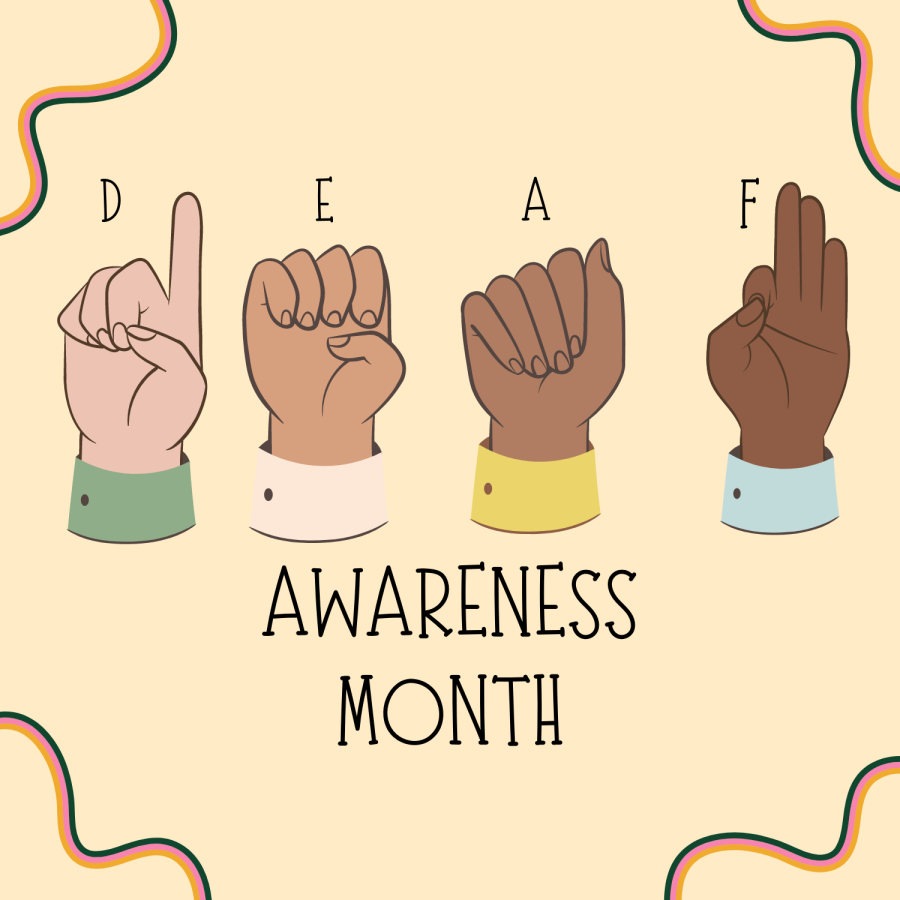Do’s & Don’ts: Interacting With Deaf People
September is Deaf Awareness Month, and while Seven Lakes does not have a deaf education program, Texas has the second highest deaf population in the country. It is never a bad thing to be cultured and know how to interact with a deaf person. So, in honor of Deaf Awareness Month, here are eight tips for communicating with a deaf person.
DON’T STARE
As it is rude to purposefully eavesdrop while people are conversing, it is also rude and impolite to stare at deaf people while they are signing. Although they can’t literally “reduce their volume” and everyone can see what they are saying, it is still rude to stare as if you are paying attention to their conversation.
DO HOLD EYE CONTACT
When people speak, a response from the other person is required to know whether they are listening or not. There is no way a deaf person would know that you are actually engaged in the conversation unless you are actively holding eye contact. Breaking eye contact can be seen as you ending the conversation, and this applies in particular when they have an interpreter. Don’t face the interpreter – face the person because that’s who you are having a conversation with.
DON’T GENERALIZE
Not all deaf or hard of hearing individuals prefer the same communication. Some prefer sign, some prefer to speak, some prefer to write, and some prefer to lipread, so don’t generalize or assume. Always ask what communication method they prefer and follow through.
DO LEARN HOW TO SIGN
If you were going to spend the school year in France, you would learn some basic French to help you get around. This attitude should be applied to sign language. It’s never useless to learn sign language; just learning simple phrases such as “you’re welcome,” “thank you,” and “my name is…” can be beneficial to you.
DON’T WAIT: JUST WALK THROUGH
This one is straightforward and may seem rude, but if two deaf people are having a conversation in front of you and you want to walk through, just simply walk through their conversation. Don’t wait for them to stop signing, just walk through. You don’t even have to apologize, they understand. It may seem disrespectful to people who can hear, but to deaf people it is completely acceptable.
DO LEARN ABOUT DEAF CULTURE
Hearing and deaf culture are significantly different; there are different things that deaf people accept that people who hear don’t, and vice versa. It is a good idea to immerse yourself in the deaf community and learn about deaf culture, history, customs and traditions to understand how to interact with deaf people. It’s not only beneficial for interacting with deaf people, but it is also useful for having an open mind and looking at life through the perspective of others.
DON’T PATRONIZE
Never offer your help to a deaf person, unless they are in a situation when they are in need of your assistance. It is important to remember that deaf people can do anything a hearing person can do, except hear. If you are at the store and a deaf person is in front of you, don’t offer your help, unless they specifically ask you for help. Inserting yourself in situations where they don’t need you is rude and unwarranted.
DO LEARN THE LABELS
There are different types of deaf people: some identify as deaf while some identify as hard of hearing, and some deaf people have cochlear implants, while others don’t. In the same vein, there are different types of hearing loss. Some deaf people are profoundly deaf, while some people are severely deaf. It is important to learn what they label themselves as; however, never refer to a deaf person as “hearing impaired.” That not only reduces them to what they can’t do, calling them that is simply insolent.
Lola is a senior in her 2nd year on the Newspaper Staff. Although this is her first year of being an editor, she is excited to embrace the responsibilities that come with the new role. Outside of the newspaper, Lola enjoys reading, watching movies, listening...


